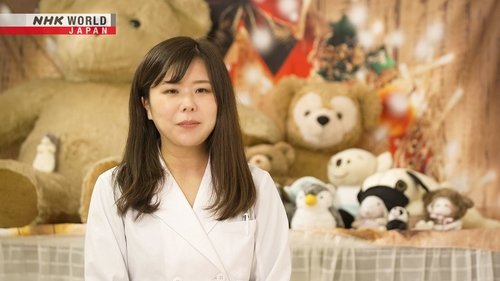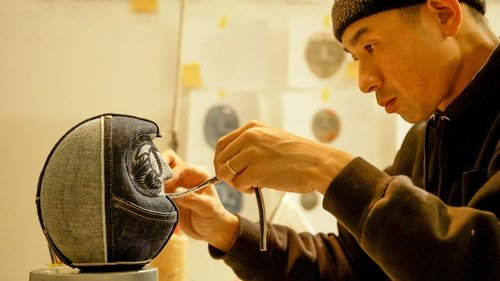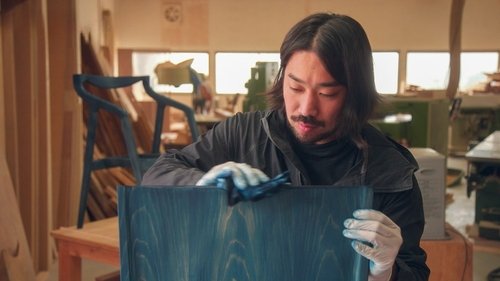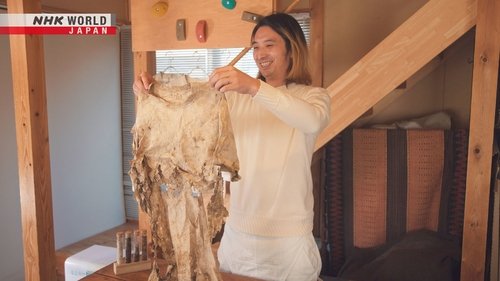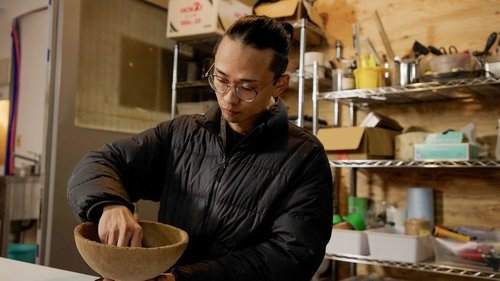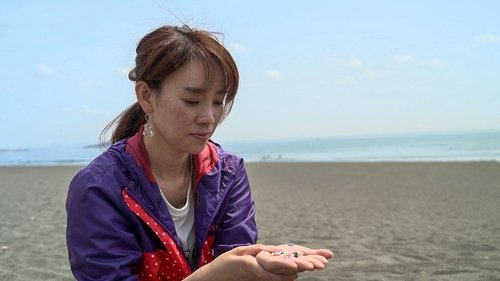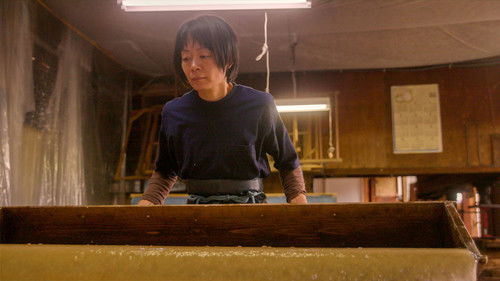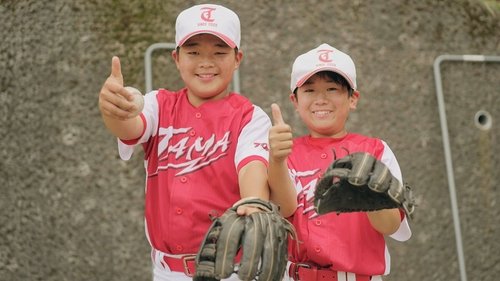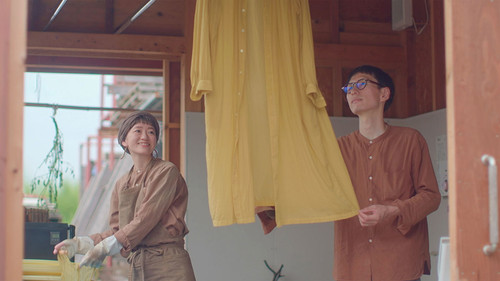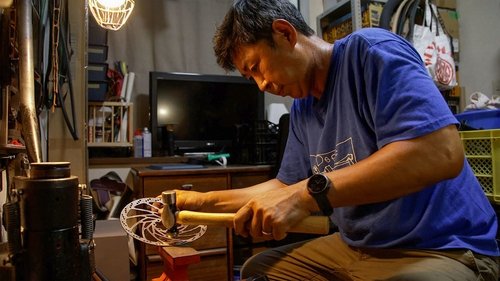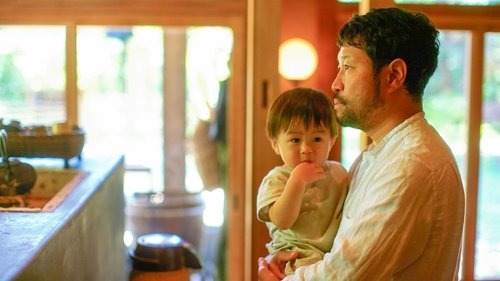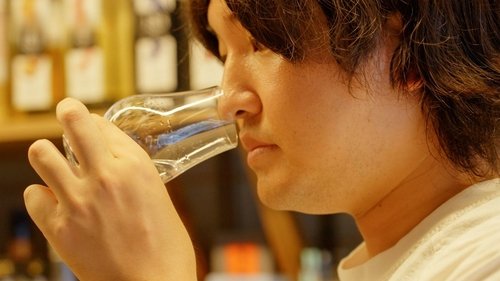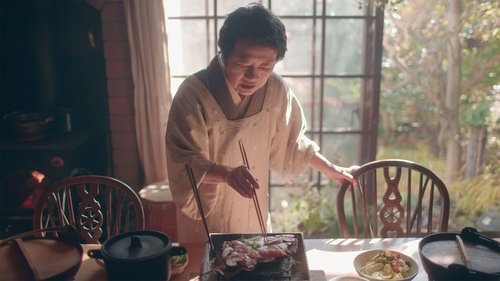

Documentary
The Best Episodes of Zero Waste Life Season 3
Every episode of Zero Waste Life Season 3 ranked from best to worst. Discover the Best Episodes of Zero Waste Life Season 3!

Documentary
The Best Episodes of Zero Waste Life Season 3
Every episode of Zero Waste Life Season 3 ranked from best to worst. Discover the Best Episodes of Zero Waste Life Season 3!
Meet people around Japan who strive for a life without waste under the traditional philosophy of "MOTTAINAI," which values cherishing the things we have.
Seasons4
Season 3 Ratings Summary
"Stuffed Animal Hospital" is the best rated episode of "Zero Waste Life" season 3. It scored /10 based on 0 votes. Directed by Unknown and written by Unknown, it aired on 1/27/2023. This episode is rated 0.0 points higher than the second-best, "Denim Daruma".
